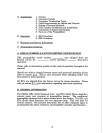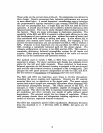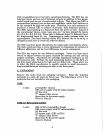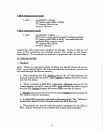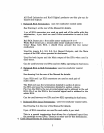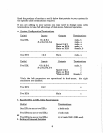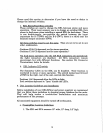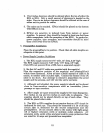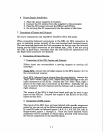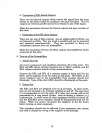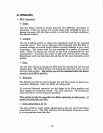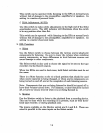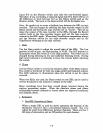
These units are the current state-of-the-art. No compromise was allowed in
their design. Details concerning their technical performance are covered
in more detail below, A second important consideration was to introduce
the programmable concept employed in our current KSA/KMA amplifier
line into our preamplifier line. A single KBL and KPA are used for stereo
operation. A second unit of either can be added to achieve dual-mono, fully
balanced operation. They can be easily changed without being returned to
the factory. There are many advantages to dual-mono operation. The
capability of the KBL and KPA to operate in either mode allows you to plan
the development of your system over time, without the waste of money and
time associated with trading or selling used gear. It also allows you to
optimize your system more closely to your needs. For example, if line
sources are most important, you can purchase two KBLs’, with or without a
KPA. If phono is most important you can purchase two KPA’s and one
KBL creating a completely balanced path for the phono signal. The
ultimate configuration, of course, is two KBL and two KPA. This creates a
completely dual-mono, balanced preamplifier system for all inputs and
outputs. Other details concerning the functions of the units are covered
below and in the Installation and Operation sections.
The method used to switch a KBL or KPA from stereo to dual-mono
operation is unique. For stereo operation each chassis has complete circuit
paths for the left and right channels. When switched to dual-mono,
balanced operation the left channel circuitry is assigned to the non-inverted
path and the right channel circuitry is assigned to the inverted path. This
changes the rear panel connector assignments on both the KBL and KPA.
See the sections on Installation and Operation below for more details.
The KBL and KPA use high-bias, pure Class A circuits throughout,
including the power supplies and regulators. Circuits are DC coupled,
meaning there are no capacitors in the signal path. The power supply
system and output circuits are extremely high-power when compared with
conventional preamplifier designs. The output section of the KBL, for
example, is really a small power amplifier, capable of swinging 60 volts
peak-to-peak. This allows the KBL to maintain exceptional linearity under
all conditions and drive virtually any length of cable without signal
degradation. The external supply has two stages of regulation. Within
each preamp chassis there are independent tracking regulators for each
section of circuitry, separated channel-to-channel.
The KPA has completely passive RIAA equalization. Maximum deviation
from the standard is +/- .1 dB from 10Hz to 20KHz. All parts are 1%
tolerance.
3





